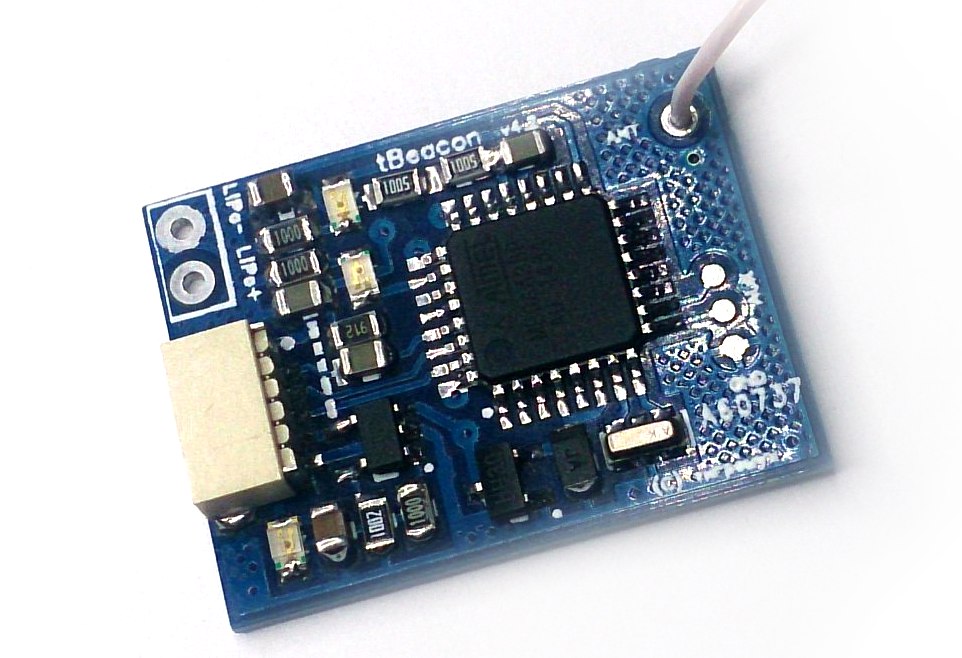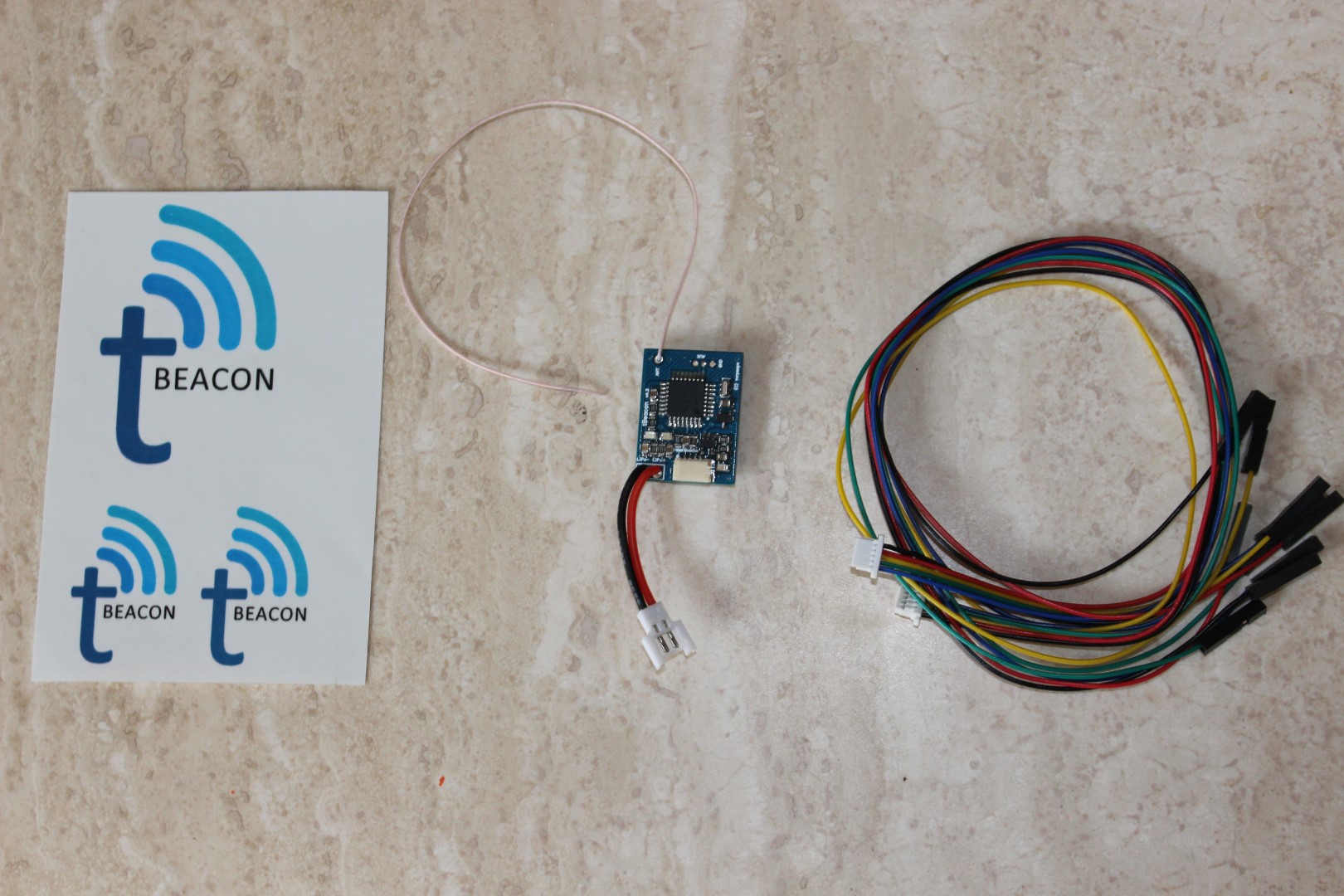Winston
Lorenzo von Matterhorn
- Joined
- Jan 31, 2009
- Messages
- 9,560
- Reaction score
- 1,748
Looks like this might be another case of hobby cross-pollination. It would be handy for areas without cell phone coverage. $50 without a GPS module which can be plugged into the tBeacon board via the provided connector. It's designed for use with R/C aircraft with GPS-enabled flight controllers, but it appears from the FAQ and the suggested wiring diagrams shown on his web page for various flight controllers that the unit is simply paralleling off the lines to the flight controller from the flight controller's external GPS module.
The basics:
- GPS position of craft using flight controller or dedicated GPS receiver
- activation via call from UHF handheld radio or by timer
- transmitted voice with GPS position along with RDF beacon tones
- easy configuration and calibration with a PC app
- optional module ($8) with loud buzzer and high intensity LED to simplify search in close proximity
- size 19x25mm. Weight: 2.5g. (weight is mostly determined by battery used)
EDIT: only 100mW TX power from module.
This has apparently been available in the R/C aircraft scene since early 2015, but I only today stumbled across it:
https://www.rcgroups.com/forums/showthread.php?t=2347391&pp=100&highlight=tbeacon#post30785392
https://www.rcgroups.com/forums/showthread.php?t=2371504&pp=100&highlight=tbeacon#post31080214
How does it work?:
https://tbeacon.org/?page=6&language=en&session=p3d6mgn2bu68kr3441jkm8tba4
FAQ:
https://www.tbeacon.org/?page=12
Docs and Downloads:
https://tbeacon.org/?page=8&language=en


The basics:
- GPS position of craft using flight controller or dedicated GPS receiver
- activation via call from UHF handheld radio or by timer
- transmitted voice with GPS position along with RDF beacon tones
- easy configuration and calibration with a PC app
- optional module ($8) with loud buzzer and high intensity LED to simplify search in close proximity
- size 19x25mm. Weight: 2.5g. (weight is mostly determined by battery used)
EDIT: only 100mW TX power from module.
This has apparently been available in the R/C aircraft scene since early 2015, but I only today stumbled across it:
https://www.rcgroups.com/forums/showthread.php?t=2347391&pp=100&highlight=tbeacon#post30785392
https://www.rcgroups.com/forums/showthread.php?t=2371504&pp=100&highlight=tbeacon#post31080214
How does it work?:
https://tbeacon.org/?page=6&language=en&session=p3d6mgn2bu68kr3441jkm8tba4
FAQ:
https://www.tbeacon.org/?page=12
Docs and Downloads:
https://tbeacon.org/?page=8&language=en


Last edited:






